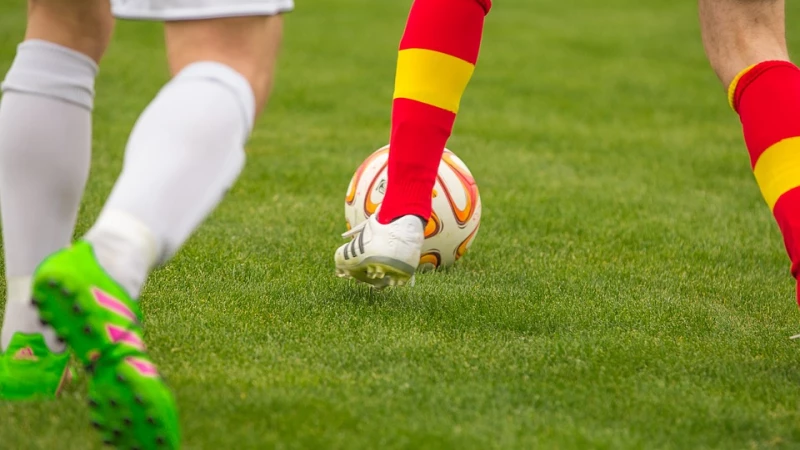This injury to the groin is a relatively rare condition and is typical of active athletes. It was described for the first time in 1980 by the London surgeon Jerry Gilmore, who developed an operative technique for its treatment and it bears his name. It is also known as sports hernia, pain in the pubic area in athletes, Gilmore syndrome, but the term Gilmore groin injury is more appropriate, since formally speaking, in this case there is not actually a true herniation.
This syndrome is characterized by chronic pain in the groin area in athletes and enlargement of the external opening of the inguinal canal. It is most often seen in football, hockey and rugby players, and can develop in both amateur athletes and professional athletes. Physical examination and imaging studies did not prove the presence of a hernia, which was not detected during surgical correction of the condition. The term hernia is used incorrectly in this case, but it has remained in the literature because the operative correction of sports hernias involves performing surgical reconstructions similar to those for inguinal hernias.
Symptoms of a sports hernia are related to the onset of pain during sport and movement, especially with hip extension, twisting and turning. The pain usually radiates to the adductors and testicles, but the patient often has difficulty pinpointing the exact location of the pain. After playing sports, the affected athlete usually feels stiffness and pain. Any effort leading to an increase in intra-abdominal pressure, such as coughing, sneezing or further sport activities, can provoke the appearance of pain. At first, affected individuals are able to continue playing sports, but over time, complaints progressively increase.
The diagnosis is based on the data from the examination history and physical examination. Usually, the patient reports the onset of pain when coughing and sneezing, as well as when sitting and pressing both legs together.
A variety of lesions are observed, but the following intraoperative finding is usually found:
- Rupture of the aponeurosis of the external oblique muscle
- Rupture of the united tendon (tendo conjunctivus, falx inguinalis)
- Detachment of the united tendon from the pubic tubercle
- Dehiscence between the united tendon and the inguinal ligament
- Rupture of the transversalis fascia
- Detachment of the internal oblique abdominal muscle from the pubic tubercle
- Ilioinguinal or genitofemoral nerve entrapment
Conservative treatment is associated with stabilization and strengthening of the musculature in the pelvic area. Rest is required for 6-8 weeks. This may allow the continuation of active sports activity for a short period, but is not a definitive solution to the problem. In the end, there usually comes a point when the affected person cannot continue to actively practice his sport activities, because his physical capacity is significantly reduced, and surgical treatment with hernia correction is necessary. The exact frequency of the condition is unknown. According to some authors, this is the most common cause of chronic groin pain in athletes, and according to others, the condition is extremely rare.


 On this page, you can change your choices at any time after you have read and understood our
On this page, you can change your choices at any time after you have read and understood our